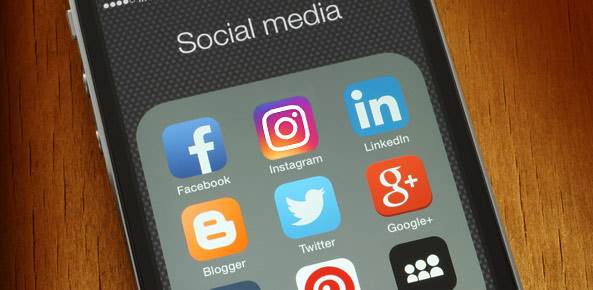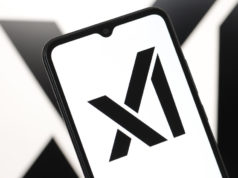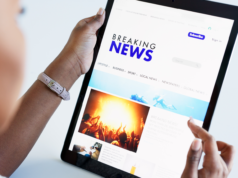
To deliver his first extensive remarks on the contentious Dakota Access oil pipeline, all the new North Dakota governor needed was a camera and a Facebook account.
The simplicity of the setup spared Republican Gov. Doug Burgum from having to answer questions from reporters on Thursday and allowed him to convey his thoughts unfiltered and unchallenged by the press.
It’s a strategy that’s been used for a while by governors, state lawmakers and other elected officials in more tech-savvy states and becoming increasingly popular among new-to-politics officeholders, such as Burgum, Illinois Republican Gov. Bruce Rauner and, of course, President-elect Donald Trump, who heavily relies on Twitter to share his thoughts.
By making social media platforms the first stop to announce or react to events in a controlled setting, the politicians are bypassing the press — who would call into question assertions made at news conferences — and taking their messages to where their audiences are most likely to be engaged.
“Politicians are always trying to communicate with potential voters. They want to get a message out and they want to tell the story the way they want to tell it,” said Christopher Mooney, director of the Institute of Government and Public Affairs at the University of Illinois.
This week, Democratic U.S. Rep. Michelle Lujan Grisham announced her run for New Mexico governor in a YouTube video. In Utah, Republican Gov. Gary Herbert declared on Twitter he was pulling his support for Trump after a video surfaced in October of the businessman making lewd remarks about women.
Some House Republicans in Colorado film a YouTube message every week during the legislative session because “we can’t be sure how it will be covered,” House GOP spokesman Joel Malecka said.
Rauner, a former venture capitalist who hadn’t served in an elected position before January 2015, usually takes questions from reporters after news conferences. Recently, he began hosting Facebook Live events, typically drawing about 500 viewers who listen to his answers to screened questions about policies he’s advocating for during his 18-months-and-running budget struggle with Democrats.
“As the world continues to engage and connect on social media, it’s important to the governor to interact directly with people in Illinois to explain how he is working to create jobs, lower property taxes, improve schools and enact term limits,” spokeswoman Catherine Kelly said in a statement.
A July report from the Pew Research Center on Journalism and Media found that 44 percent of U.S. adults said social media was the platform that informed them of events in the 2016 presidential election during a week in January. About 29 percent said they relied on a local print newspaper.
“(Social media has) weakened the hand of traditional media in many senses. … Candidates had to give access, they had to give interviews, they had to be hospitable to reporters,” said Tom Hollihan, professor of media and politics at the University of Southern California’s Annenberg School for Communication and Journalism.
“Nowadays,” he added, “the Trump campaign has challenged very powerful news organizations, including the Washington Post.”
For decades, most presidents-elect have held a news conference within days of the election, which differ from one-on-one interviews, because the president-elect must field questions from a broader range of journalists. Trump has not held a news conference for more than 140 days — the longest stretch by a president-elect in recent memory, according to a running tally from National Public Radio .
During that time, he’s sent nearly 1,500 tweets by NPR’s count, and carefully grants one-on-one interviews. And it’s not unusual for presidents to champion a direct-to-voters approach: President Franklin D. Roosevelt gave intimate radio addresses called “Fireside Chats,” and President Barack Obama posts weekly video addresses on the White House website.
Burgum also is new to the political arena, having spent most of his life as a computer software executive turned philanthropist. His “first-day message” Facebook video, which had 13,000 views by Friday afternoon, came hours after he had thrown open his first Cabinet meeting to reporters for 15 minutes — and then ushered them out without taking questions.
The “media have been the interpreters” of politicians’ stories, Mooney said, but now, “There’s no challenge to their story. The story is straight out of their mouths.”
© -. -.







